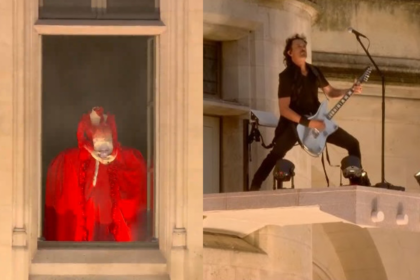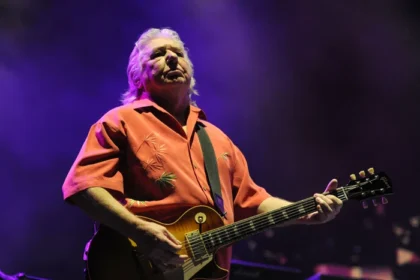Here’s everything you need to know about attending this vibrant showcase of Naga culture.
Performances: The festival pulses with energy throughout the day as warriors in full ceremonial attire perform traditional dances and war cries. Each performance tells a story — of victories, harvests, love, and tribal legends. The warriors, adorned with distinctive headgear decorated with hornbill feathers, boar tusks, and colourful woven sashes, create an unforgettable spectacle.
Traditional Games: Visitors can witness thrilling demonstrations of traditional games, including Naga wrestling matches, archery displays, and bamboo pole climbing competitions. People can also participate or watch unique contests like the chilli-eating challenge.
Morung Exhibition: Kisama Heritage Village is dotted with traditional morungs (youth dormitories) representing each major tribe, each structure a testament to the unique architectural heritage of its people. These morungs serve as both exhibition spaces and cultural stages, where tribe members demonstrate their customs, display artefacts, and share their stories with visitors.
Food and Drinks: Savor traditional Naga food and drinks, such as bamboo-steamed fish, smoked pork with axone (fermented soybean), and the locally produced rice beer (zutho). The festival is a thorough exhibition of Naga culinary legacy since each tribe contributes its own special dishes and cooking techniques.
Music and Art: Enjoy contemporary music at the Hornbill National Rock Concert, photography exhibitions, and art displays. The Hornbill Music Festival attracts both local and international artists, creating a dynamic fusion of traditional and contemporary sounds. A vibrant night bazaar in Kohima extends the festivities into the evening, while fashion shows present innovative interpretations of traditional Naga designs. Photography contests capture the festival’s vibrant spirit, while cultural exchange programs facilitate deeper understanding between visitors and local communities.
Night Markets: Explore vibrant stalls offering handloom, handicrafts, and delicious street food. . Visitors can purchase authentic handicrafts, textiles, and jewellery, each piece telling a story of the region’s rich artistic traditions. The festival serves as an important marketplace for these traditional arts, helping preserve ancient crafting techniques while providing economic opportunities for local artisans.
How to get there
The nearest airport is in Dimapur, about 74 km from Kohima, with flights from Kolkata and Guwahati. From Dimapur, hire a taxi to Kohima and then to Kisama Heritage Village.
For those opting to travel by trains, Dimapur railway station is the closest, connected to major cities like Guwahati and Kolkata.
Visitors who want to plan a road trip instead can reach Kohima, which is accessible via NH39, connecting it to Shillong and Guwahati. Shared taxis and shuttle services run frequently between Kohima city centre and the festival grounds.
Tips for visitors
For those planning to attend, December brings cool weather to Nagaland, making warm clothing essential. Accommodation should be booked well in advance, as Kohima fills up quickly during the festival. Options range from modern hotels to traditional homestays, each offering a different perspective on Naga hospitality. Plan your visit for at least 2-3 days to fully experience the festival.
How to book tickets
Entry tickets for the Hornbill Festival are available on their official website, and many tour operators also offer package deals that include tickets, transportation, and accommodation. Booking in advance is recommended, as December sees high tourist influx.
For a rich blend of culture, music, and heritage, the Hornbill Festival is an unmissable event for travellers seeking an authentic and traditional experience in Northeast India.









